Veggies That Make Healthy, Tasty Soups

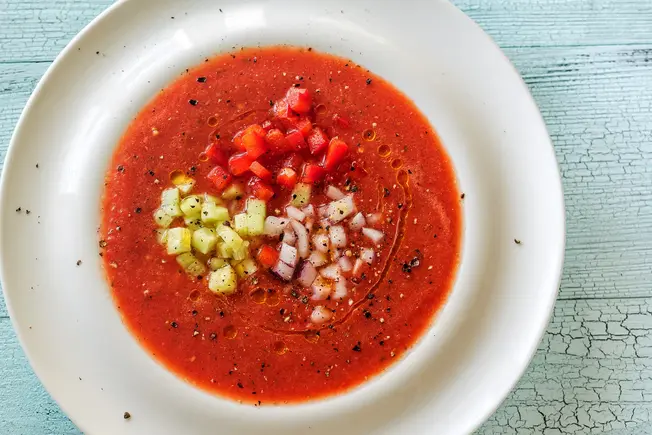
Cucumber
This nutritious veggie is one of the ingredients in the cold soup called gazpacho. The seeds, in particular, have lots of natural chemicals known as phytonutrients, like carotenoids and flavonoids. Some recipes add body with crushed walnuts and low-fat yogurt. Have a bowl, and you'll be cool as a cucumber on a hot summer day.

Butternut Squash
You can peel it, cook it until soft, and puree it into a smooth, thick, satisfying fall soup. Many recipes use savory curry spices like cumin, coriander, and turmeric. You'll get plenty of vitamins A, C, and B6 from the squash. Some people add sour cream or yogurt as a topping. Keep calories down with low-fat versions.
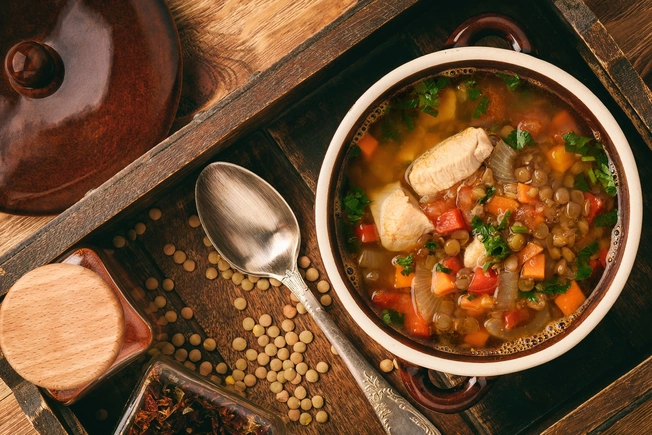
Lentils
A hearty soup made from these legumes will warm you up and keep you well-nourished in the cold of winter. They're loaded with protein and are good for your heart, too. That's partly due to the high fiber, but also to the manganese and folate. Some recipes add sausage for extra flavor and another shot of protein. Dried lentils take longer to cook, so pick them up in precooked cans if you're in a hurry. They're just as healthy.
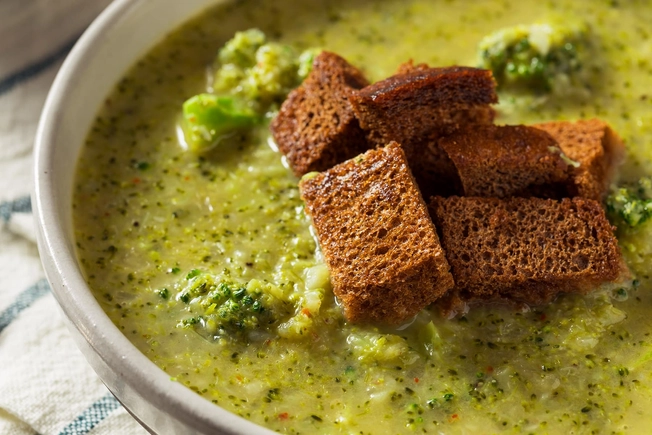
Broccoli
Like kale, spinach, and chard, broccoli is a cruciferous vegetable loaded with nutrients like vitamins K, C, E, B6, as well as chromium and folate. So get those big stalks onto your soup spoon! They'll soften as they cook, and you can break them into bite-sized pieces before you throw them in. Some recipes puree it to thicken and flavor the soup.
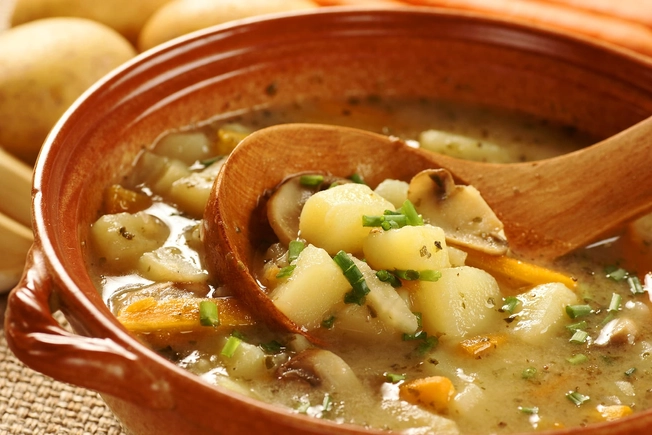
Potatoes
You might have some concerns about their high carbohydrate content. But these tubers are loaded with potassium and vitamin C. Cut them into cubes for a chunky soup. If you puree them, try to limit ingredients like cheese, heavy cream, and bacon that add calories and fat.
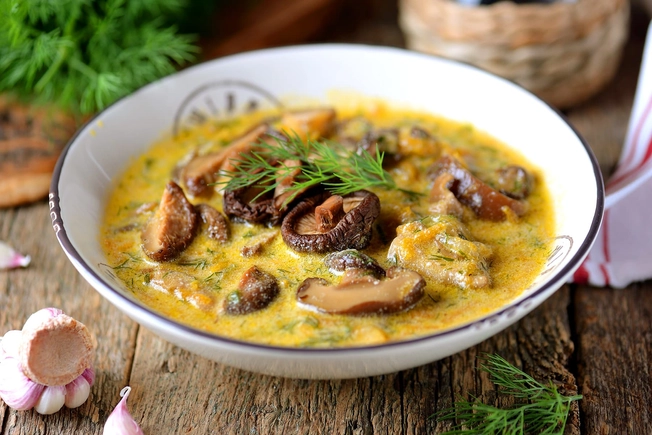
Mushrooms
You may want to go easy on cream of mushroom soup because of the extra fat in many recipes. But there are lots of other ways to make soup with mushrooms. And that's a good thing because these fungi can supply you with riboflavin, niacin, selenium, and potassium. They even have some vitamin D, which you can't get from other vegetables. Plus, they're low in calories with almost zero fat, cholesterol, or salt.
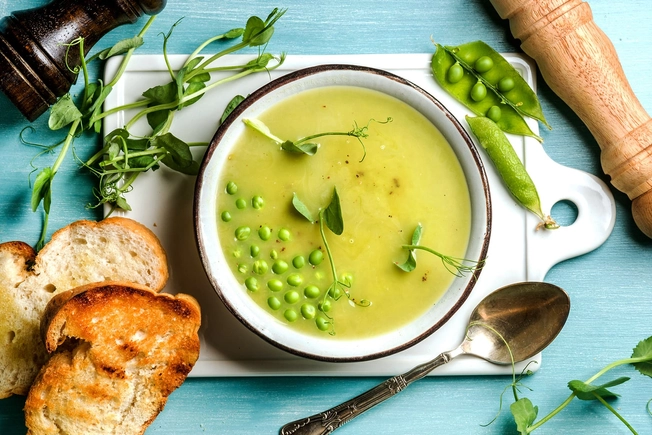
Fresh Spring Peas
These delicate veggies come along for just a few weeks each year. They have lots of vitamins, and 1 cooked cup has 8.6 grams of protein and 8.8 grams of fiber. This helps slow the amount of sugar that gets absorbed into your bloodstream, which is better for your health. You can puree them and add low-fat yogurt instead of cream for a bit of tartness and to cut calories.

Dried Split Peas
They make a thick, hearty winter soup. Crumble a bit of turkey bacon or lean sausage on top for flavor. Just like fresh peas, these nutritional powerhouses have vitamins K, B1, and C, along with manganese, copper, phosphorus, folate, and lots of phytonutrients like flavanols, phenolic acids, and carotenoids.
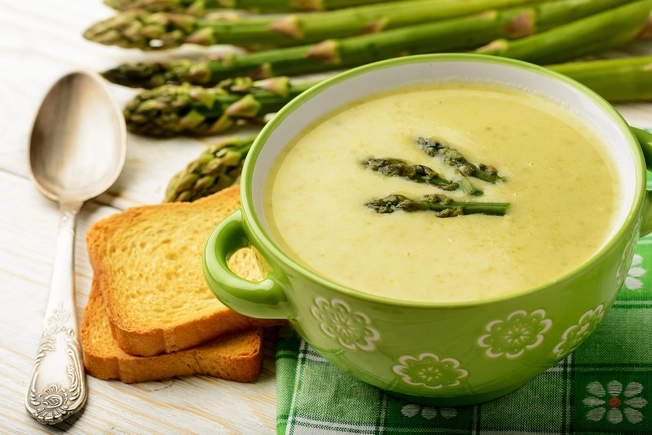
Asparagus
It has lots of vitamins, such as K, C, and E. It also has a bunch of the B vitamins, including B1, B2, B3, B5 and some B6. This veggie is also packed with folate, copper, selenium, manganese, and phosphorus. Fiber and phytonutrients in asparagus can help digestion and lessen inflammation, among other things. You can cook and then puree the stalks to make the soup and save the more delicate tips to add later.
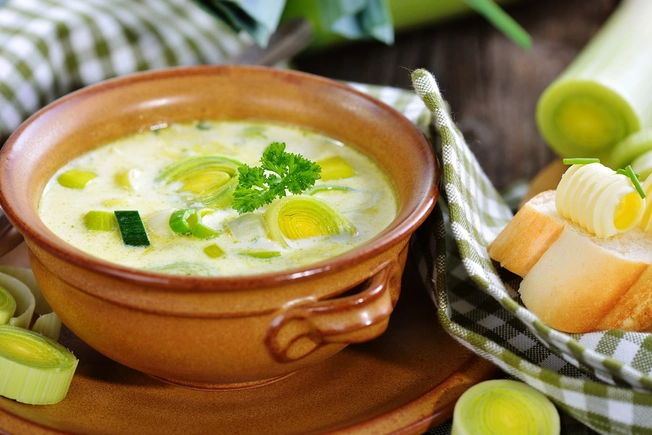
Leeks
These veggies have sulfur compounds that help build connective tissue and get rid of toxic substances. They also have a flavonoid called kaempferol that helps protect blood vessels. Leeks make a delicious stock for all kinds of vegetable soups and stews. Or you can cook and puree them with potatoes to make a cold soup called vichyssoise.
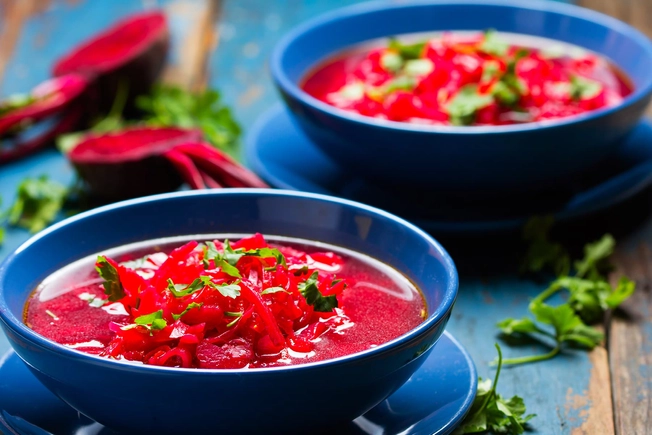
Beets
They've got lots of nutrients, some from a group called betalains that help fight inflammation and get rid of toxins. For something new, try making a traditional blood-red Eastern European soup called borscht. You can serve it hot or cold and add potatoes, onions, meat, cabbage, and even little dumplings called pierogis. Garnish with low-fat sour cream or yogurt if you like.
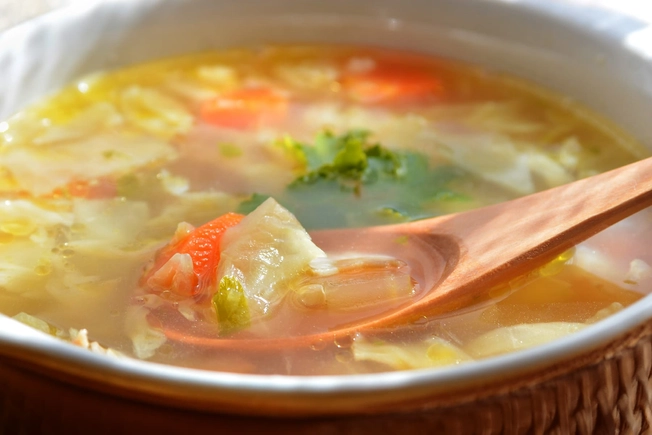
Cabbage
This humble and inexpensive vegetable has a truckload of nutrients. A cup of cooked cabbage has 56.2 milligrams of vitamin C. Plus, you'll get plenty of fiber, folate, potassium, magnesium, and vitamin A -- not to mention antioxidants and phytonutrients. Try spicy cabbage soup with a light broth, tomatoes, onions, and lemon juice.
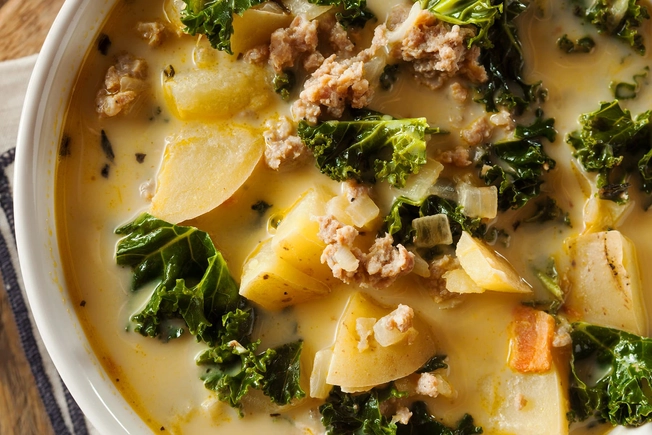
Kale
Even if you already use it in your salads and side dishes, this cruciferous vegetable has so many phytonutrients, flavonoids, and antioxidants that it's worth throwing into your soup as well. It's unusually high in lutein, which helps keep your eyes healthy. Make a potato and kale soup with chicken or vegetable stock that will keep you going all day. Or add it to any mixed vegetable soup, like minestrone.
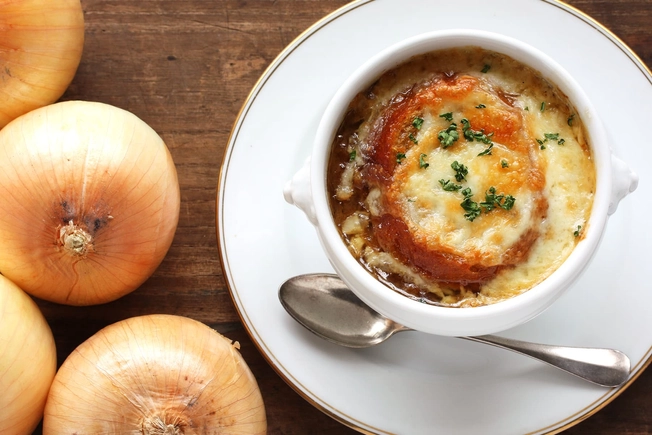
Onion
This versatile ingredient helps make any number of vegetable- and meat-based stocks. It's got a place of honor in French onion soup, which you can top with cheese and crusty bread. Just be careful not to add too much fat and salt. Besides fiber, potassium, manganese, and vitamins (C, B1, B6), onions are especially high in antioxidants like quercetin that help protect cells and curb inflammation.